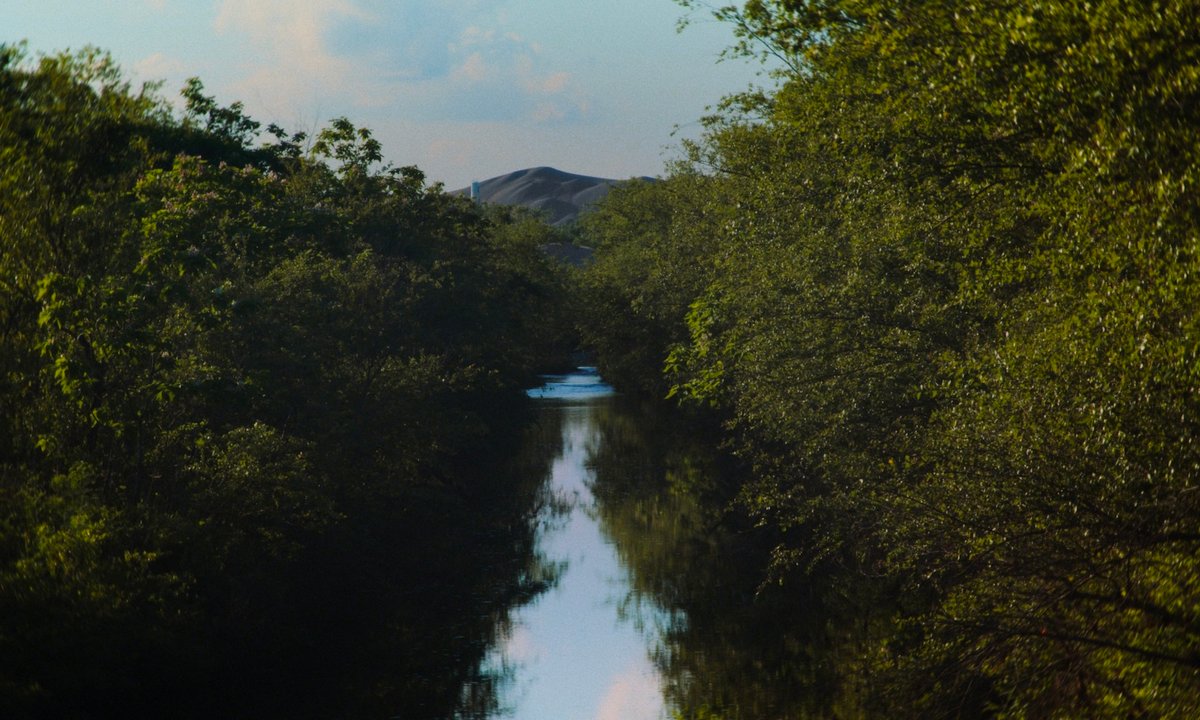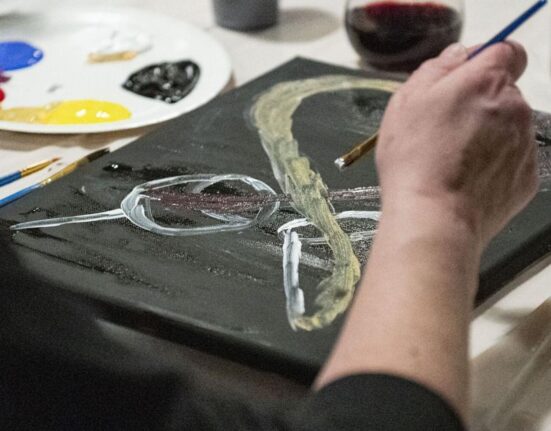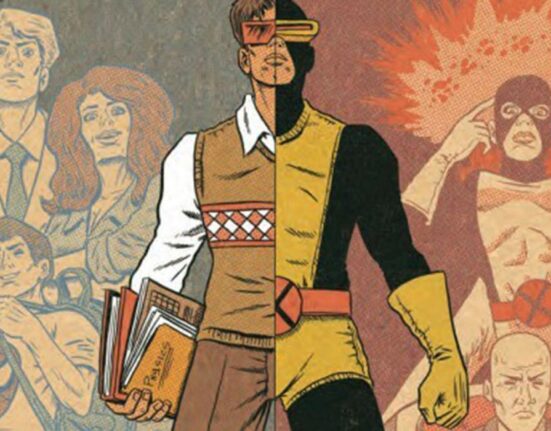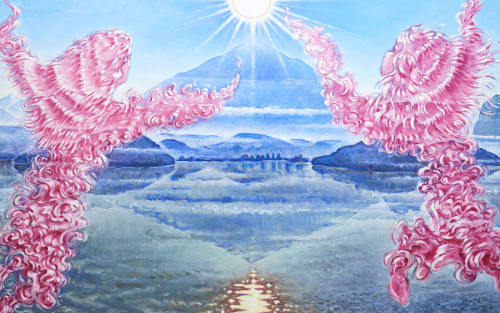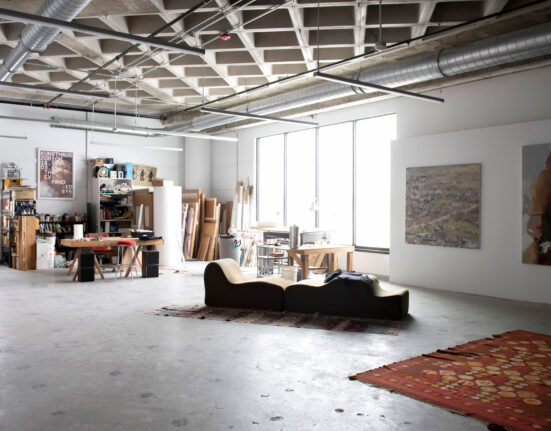The grantmaking organisation Anonymous Was A Woman (AWAW) and the New York Foundation for the Arts (NYFA) have awarded 19 women artists grants of up to $20,000 for projects focused on environmental advocacy. The third instalment of the Anonymous Was A Woman Environmental Art Grants (AWAW EAG) distributed a total of $308,000 to artists from the US and US territories, who will work in locations including Ghana, Colombia and across the US (including Puerto Rico).
Since 1996, AWAW has awarded more than $7m in unrestricted grants to almost 300 women artists. The AWAW EAG was launched in 2022 with a $250,000 budget.
“We have previously used our platform at AWAW to address the persistent inequity in funding for women artists,” AWAW’s founder, Susan Unterberg, tells The Art Newspaper. “Now, for the third year, we are expanding our impact to also fund work that addresses the climate crisis—and crucially inspires further action.”
The 2024 grant programme received more than 900 applications. “The enormous response is proof that artists are eager to confront the practical and existential crises of our current moment,” Unterberg says. “It has been shown that engaging with climate issues through art activates agency among audiences.”
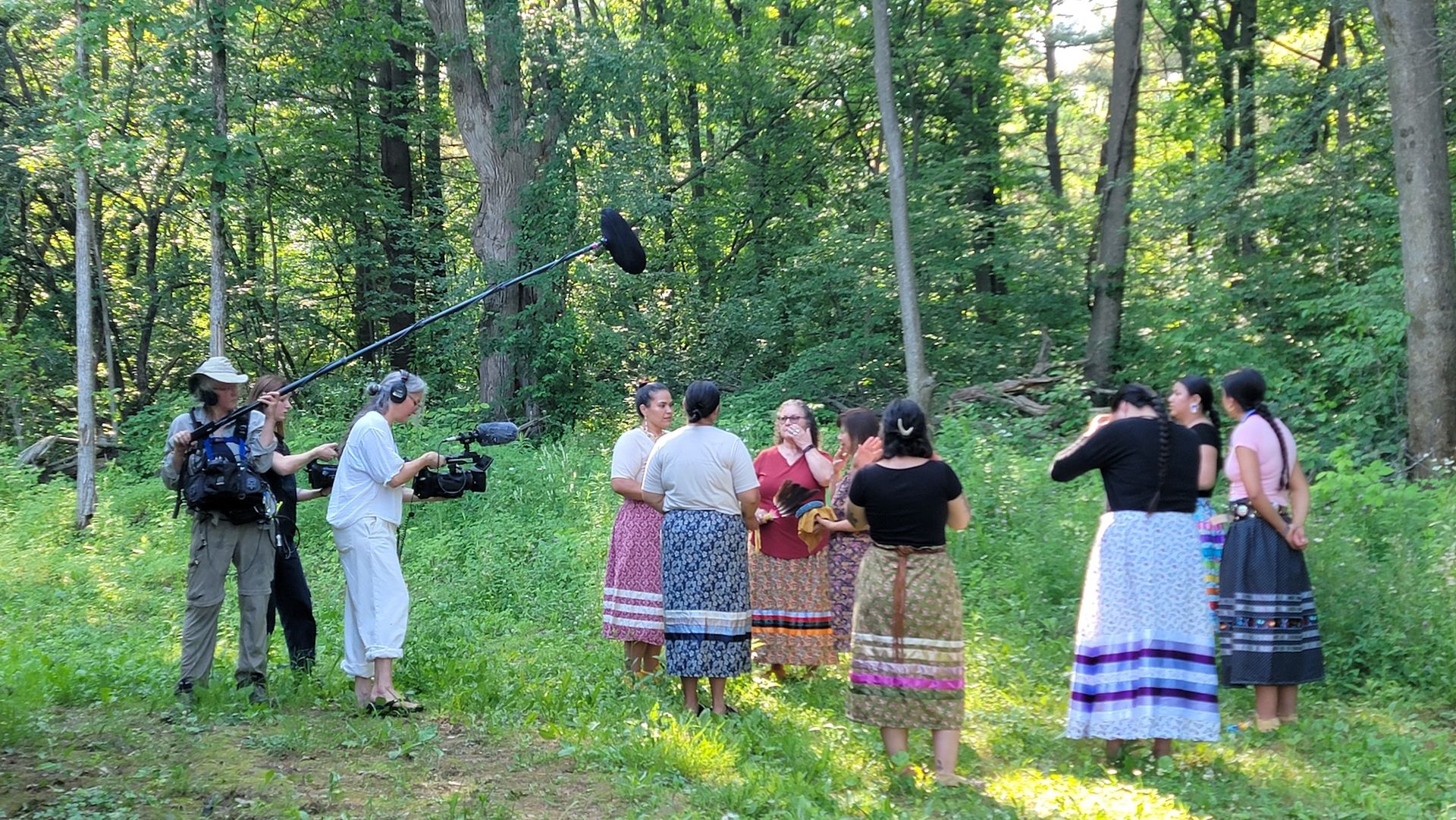
Behind the scenes of Dara Friedman’s Sky Woman Women Project (2024) Photo: Fileve Tlaloc
Who received 2024’s Environmental Art Grants?
Several winning projects explore Indigenous themes, including Dara Friedman’s Sky Woman Women Project (2024). This is a film that aims to inspire living in balance with the natural world, with 16 women aged between eight and 80 telling versions of the Haudenosaunee creation story of the Sky Woman—a figure who falls from the sky and makes the whole world using only a handful of dirt.
Other projects focus on the entanglement of resource extraction and environmental destruction, like Loren Waters and Rebecca Jim’s ᏗᏂᏠᎯ ᎤᏪᏯ (Meet Me at the Creek). The 2024 short film follows Jim as she leads an effort to restore Tar Creek in Oklahoma, a Superfund site since the 1980s that was deemed ”irreversibly damaged“. One of the most toxic sites in the US, the land was originally owned by the Quapaw Tribe of Oklahoma; it was contaminated by the lead and zinc mining that took place there from 1900 to the 1960s.
Many other projects deal with textile pollution, which accounts for 10% of global carbon emissions. Victoria-Idongesit Udondian’s ‘Okrika’ Reclaimed!, developed in Accra, Ghana, addresses the impact of textile waste in Africa. It focuses on the Kantamanto Market, one of the world’s largest open-air clothing markets and, consequently, textile dumps. The artist plans to organise workshops and clean-up efforts, and to repurpose some of the waste into art installations that will later be made into furniture.
Each of the selected projects will have a public-engagement component, to be completed by August 2025.
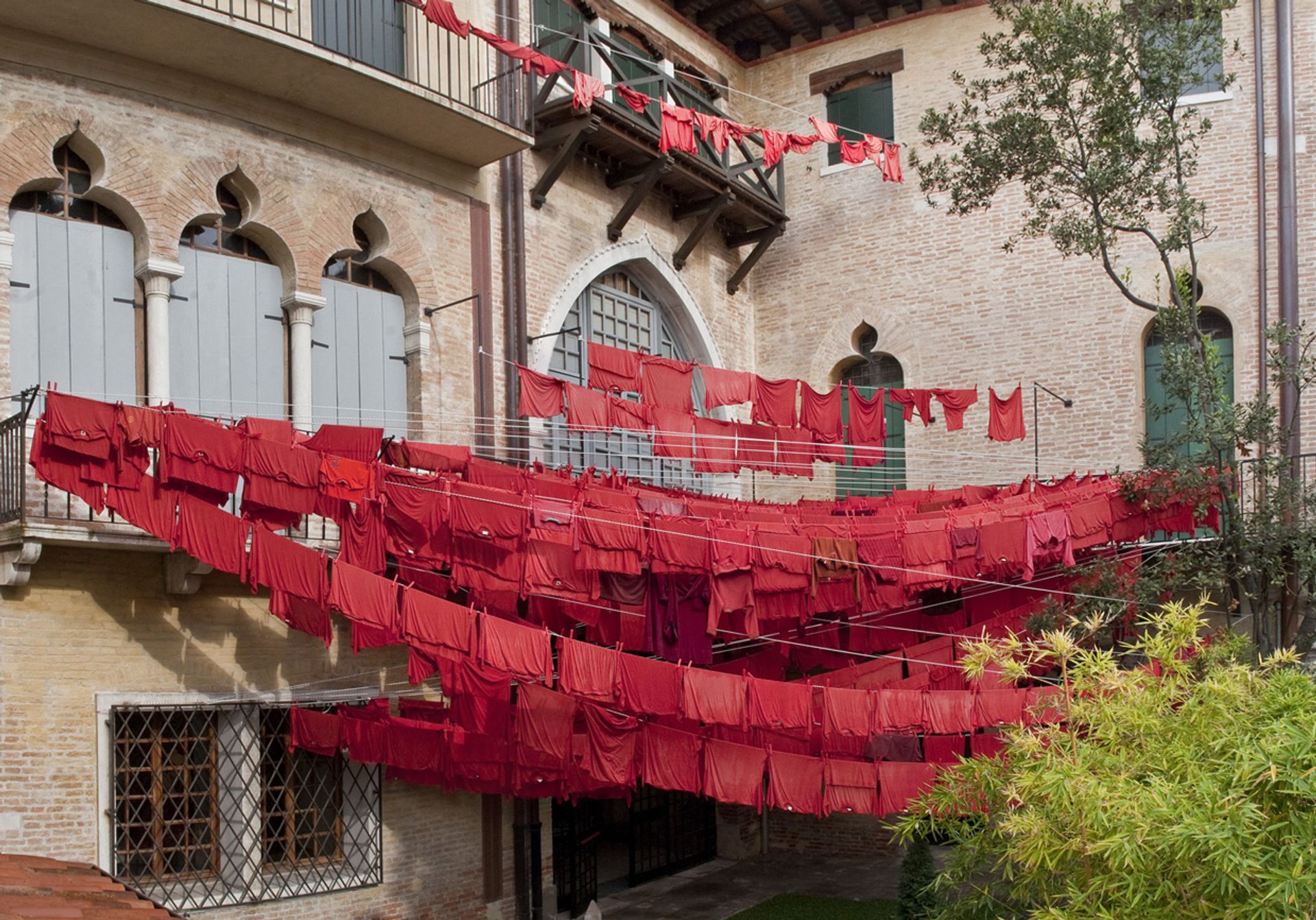
Victoria-Idongesit Udonian’s ABOUT 1000 (2013) Photo: Courtesy the artist
Who has received the grants in the past?
Some past examples of the AWAW EAG’s public-engagement projects include Sol Aramendi’s Bosque Abierto / Open Forest, which explored the interconnectedness of nature and cultural heritage, culminating in an immersive three-day camp held in upstate New York in 2023. Throughout the weekend, participants were guided by an artist, a scientist and an herbalist, exploring ancestral ceremonies and participating in artmaking.
Another highlight was Sarah Kavage’s Water Bearers, a sculpture made of willow sticks on the shores of the Duwamish River just south of Seattle. It was created in collaboration with volunteers and crews from a green-jobs training programme and environmental-restoration business. The ongoing project aims to build community and transform a once-neglected park; it included an event in which participants spread mulch and planted vegetation.
Meanwhile, Rebekah Joy’s Flux Bene 10k Garment Project is an ongoing work focused on creating zero-waste and gender-neutral clothing. Since its launch in 2021, the project has received more than 10,000 second-hand garments—taken out of landfills and remade into new clothes—and hosted workshops to teach people to make clothing from scraps. Its public-engagement event was a community clothing swap, where participants dyed, stamped and mended 842 garments into new items.
“This kind of work deserves much more attention and resources, far beyond what we can support through the AWAW EAG,” Unterberg says. “I was pleased to see the news of the Eric and Wendy Schmidt Environment and Art Prize that LA’s Museum of Contemporary Art recently introduced, and I encourage other philanthropists to support art that engages with our shared future.”

